
Features

Embryo evolution: Transplant technology fuels a career for Roger Davis
Dr. Roger Davis reflects on what he’s learned after decades as a leader in the embryo transfer and export business

Linking the supply chain through modular processing plants
A new company aims to disrupt the meat processing industry and deliver the kinds of cuts customers want through modular buildings

Demystifying near-infrared spectroscopy
Unpacking how this technology works and how it can used to analyze forage, feed and feces
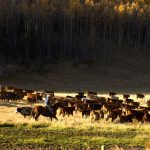
Cattle rustling remains ‘one of great mysteries of the range’
Rustlers are still pilfering cattle, often with the help of modern technology
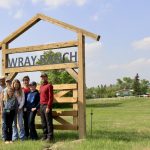
TESA winners focused on stewardship and succession planning
The Wray family aims for sustainability in everything from grazing practices to transitioning the ranch
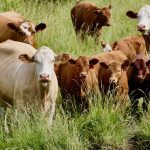
Carbon farming: fad or trend?
An Ontario-based company is banking on farmer interest in emerging carbon markets
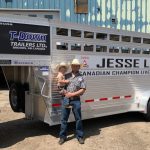
From pro rodeo to auctioneer champ
Jesse Lawes talks about growing up at the Provost Livestock Exchange, selling cattle and getting serious about the craft of auctioneering
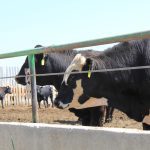
Research into pain management and animal health
North American researchers are studying how pain mitigation affects the health and performance of calves, as well as the economics

Unpacking a water quality test
Learn how to read the results of a water quality test and what they mean for your herd

The drive to monetize environmental sustainability
While some are moving to create voluntary environmental goods and services markets, moves to bring in environmental accounting standards worry many in the industry



